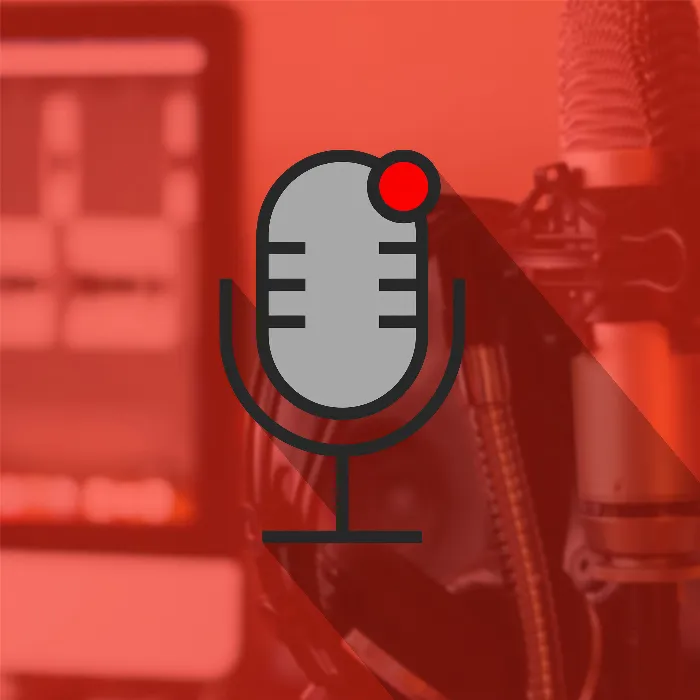Audacity is considered one of the most popular open-source software solutions for audio editing. In this tutorial, I will guide you through the key features and tools in the user interface that will help you in creating and editing your podcast. Whether you are new to audio editing or have experience, this introduction will help you fully utilize the potential of Audacity.
Main Insights
- Audacity provides essential tools for recording, editing, and producing audio.
- The program interface is intuitive and enables efficient work.
- By using keyboard shortcuts, you can increase your productivity.
Step-by-Step Guide
Overview of the Interface
The first look at the Audacity interface shows you the top taskbar with key functions. Here we start with the options under "File," where you can create a new project or import existing audio files. To start a new track, simply click on "File" and choose "New" to begin a fresh document.
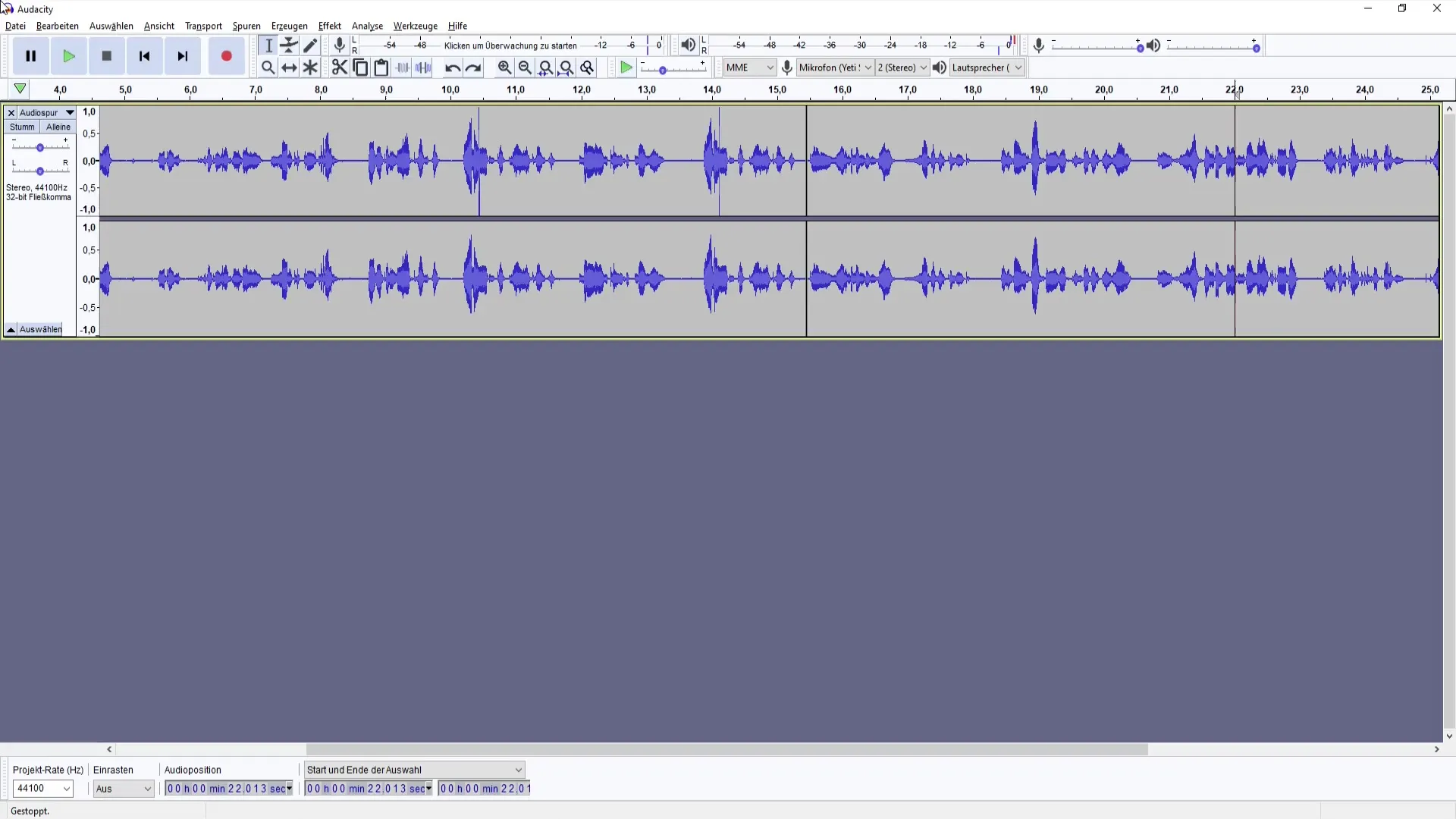
Importing Audio
Once you have opened your project, you can import audio files. This is done easily by clicking on "Open" and selecting the desired file. You can also use drag & drop to add a sound track to your project swiftly. This is useful for quickly adding songs or sound effects.
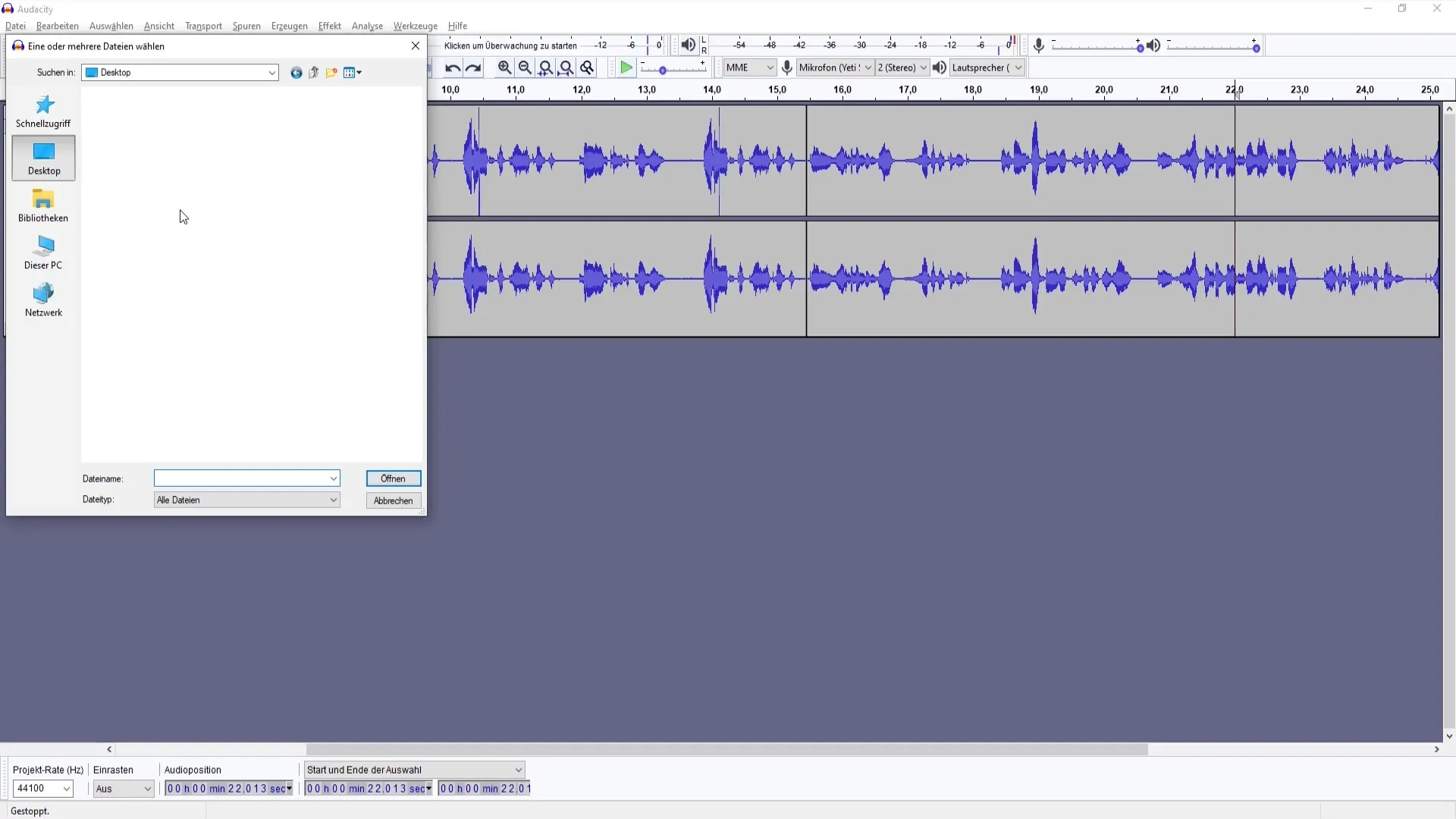
Saving and Closing
When you are satisfied with your project, it is important to save regularly. Using the "Save As" function, you can save a copy of your project in a secure location. Alternatively, you can access the last project via "Recent Files." To close a project, simply select "File" and then "Close."
Editing Functions
Editing in Audacity offers many possibilities. Do you want to remove a specific part of your audio file? With the "Cut" function, you can quickly and effectively delete marked areas. To undo unwanted effects, use the keyboard shortcut "Ctrl + Z" to revert the last action.

Copying and Pasting
Copying sections is also straightforward. Press "Ctrl + C" to copy the selected part of the audio and "Ctrl + V" to paste it back in the desired location. You can even select the area you want to paste into all tracks, allowing you a flexible editing process.

Adjusting the View
To make your work easier, Audacity allows you to customize the view. You can use the "Zoom" command to focus on specific audio sections or restore the overall view. The track size can also be adjusted, giving you the most suitable view for your work.
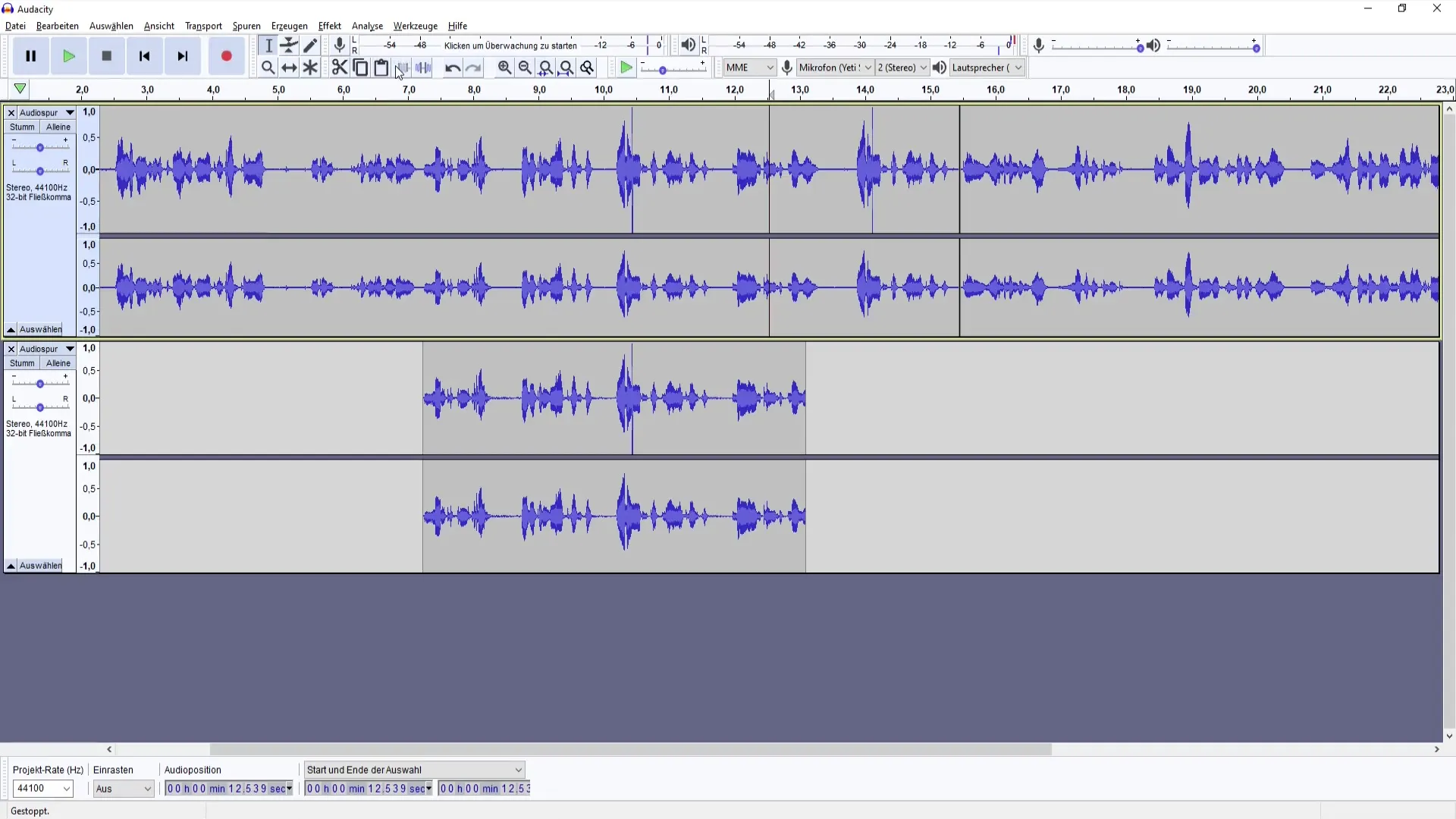
Mixer and Volume
The mixer tool is responsible for adjusting the volume of each track. Here, you can decide whether a track should play quieter or louder. If a track appears muted, you can easily enable it to hear the audio data. However, as a beginner, I recommend handling these functions carefully to avoid unintended errors.
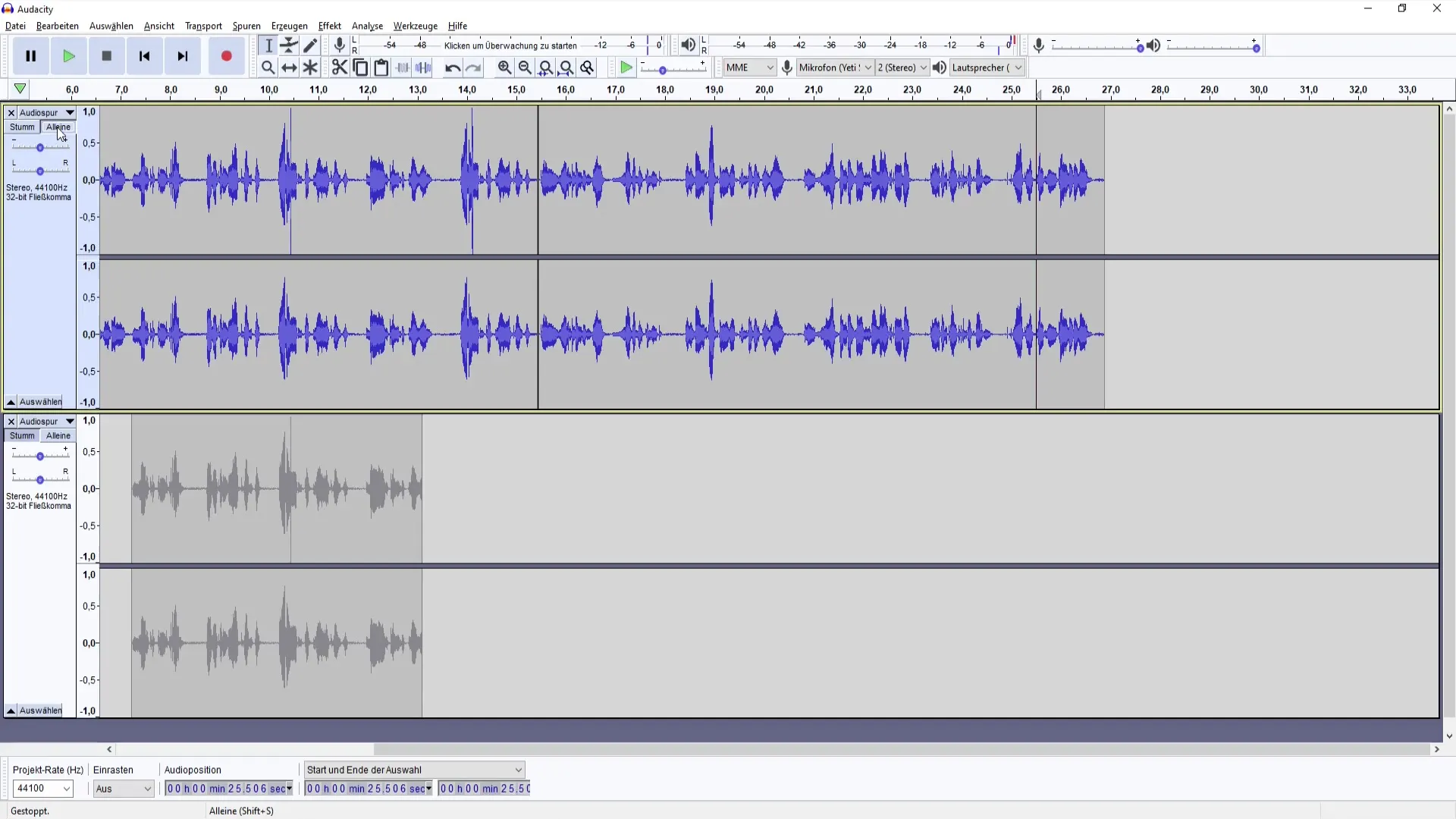
Transport Tools
Audacity offers a range of transport tools to control playback. Through the play and stop buttons, you can play and pause your recordings. Additionally, with the functions for recording a new track, you can get creative and try out different recording techniques.
Creating Special Effects
The software contains additional functions for audio generation such as noise, silence, or even a chirping effect. These can add interesting accents to your podcast and should therefore be tried out to see what is effective for your production.
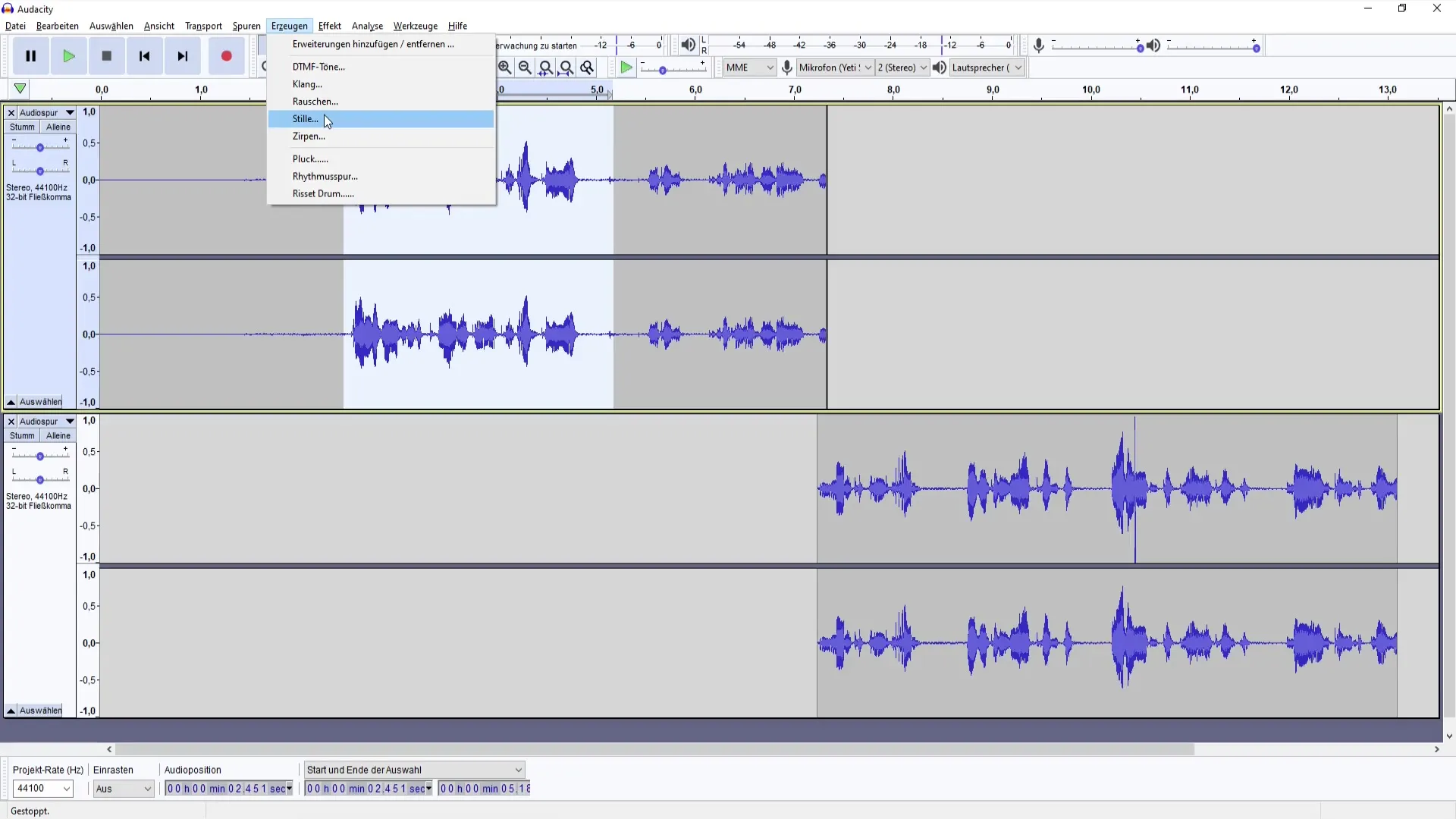
Applying Effects
Audacity offers a variety of effects to enhance your audio files. These include noise reduction, equalizers, and various filters. They help to improve sound quality and adjust the sound to your needs.

Help and Documentation
If you encounter problems or have questions, Audacity offers a help function. Here you can access a manual or search online for support. The help function is particularly useful if you want to understand specific functions in more detail.
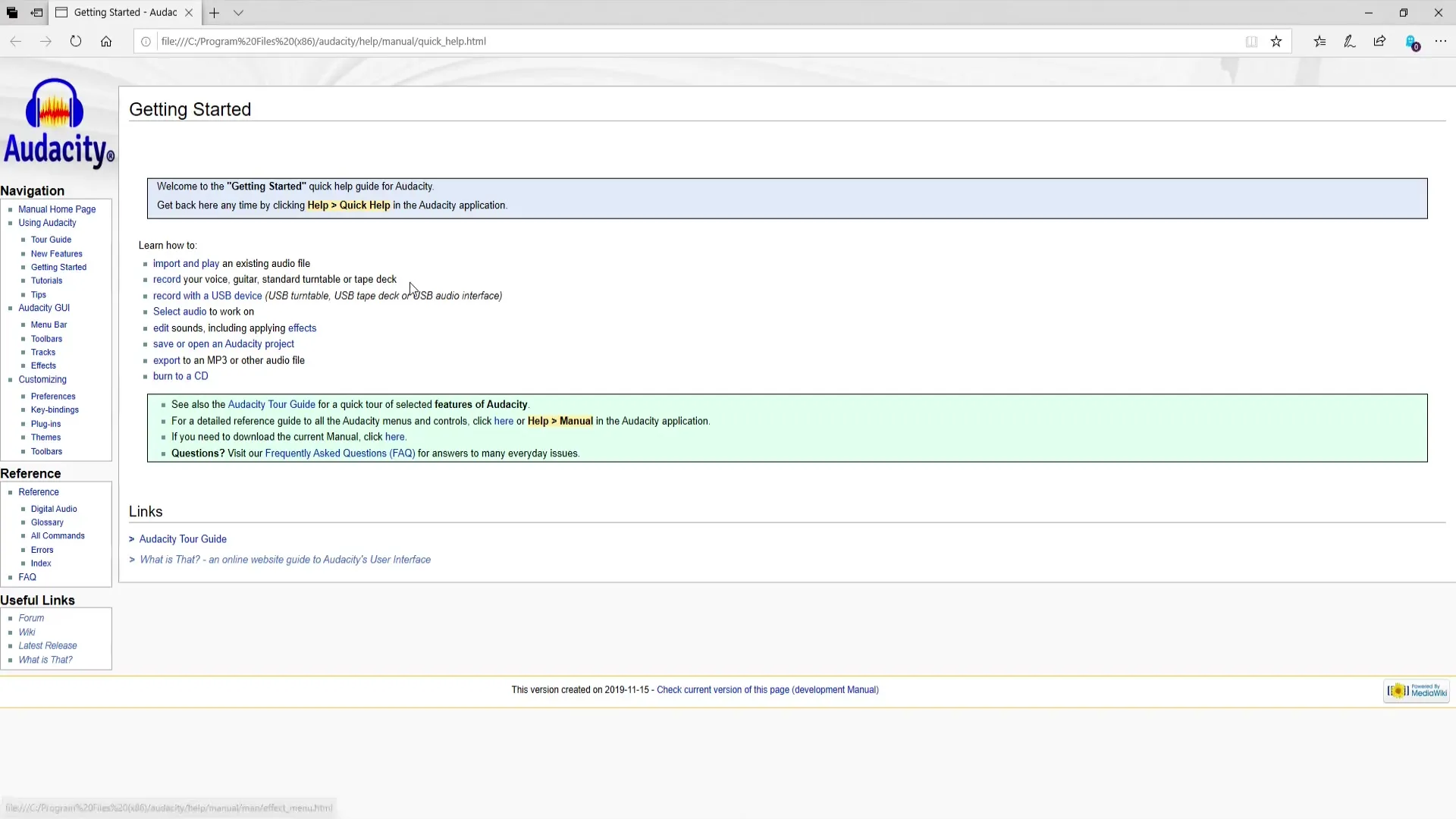
Summary
You have now learned the basic functions of Audacity that are essential for creating and editing your podcast. With these tools, you are well-equipped to professionally design your audio content.
Frequently Asked Questions
How do I add a new track in Audacity?You can add a new track by clicking on "File" and then "New".
What do I do if I make a mistake?Use the shortcut "Ctrl + Z" to undo the last action.
How can I adjust the volume of a track?Use the mixer tool to adjust the volume of each track individually.
Where can I find help for Audacity?In the software, you can access the help function to use the manual or online resources.
